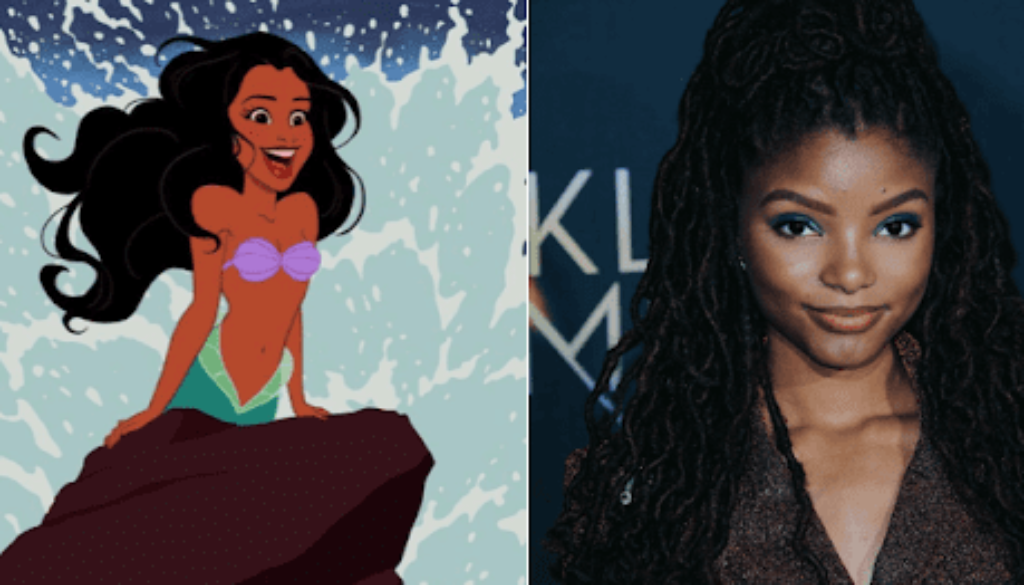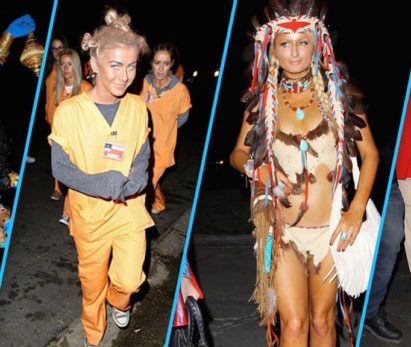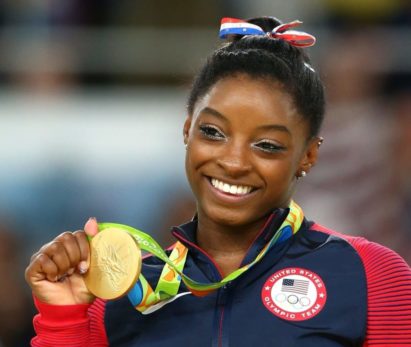Racial Recasting: A Fine Line to Cross
Same Character - New Presentation
One of the most popular controversies happening in modern media today is the subject of racial recasting. Racial recasting is when hollywood takes the chance to recreate a certain story and they change the race of one or multiple characters. This trend has gained a distinctive amount of traction in the coming years.
Each new recast is met with a flurry of mixed reactions, as audiences are divided on how to feel on the situation. Sometimes the recast is met with a round of applause and commendations on the revolutionary choices and the break from the racial binds of the character in innovative ways. However, other times the recast is met with rebuttal and waves of controversy when audience struggle to imagine the character in that race or are offended by the recast and subsequent major change to a beloved character.
Regardless, racial recasting is not a small choice for producers to make and it will always be a risk whenever taken. The biggest question, however, is whether or not the risk is worth it.
Iconic Characters

The most difficult characters to recast in hollywood are iconic characters in iconic franchises. From Ariel in the Little Mermaid to Mary Jane in the Spider-Man Franchise, many fans struggled to come to terms with this revision of these characters.
Some fans even go so far as to cite offense at the news because they see it as an attack on character that were integral to their lives. When changing an iconic character, whether it be their race, hair color, gender, etc., controversy will always rise when there is no valid reason to cite. The audience will always demand a good reason as to why their iconic characters weren’t perfect exactly the way they were.
During the Marvel reboot of SpiderMan, fans created an uproar over the news of Zendaya being cast in the iconic role of Mary Jane Watson, who is traditionally played by a caucasion red-head, her red hair being a trademark part of the role. However, Zendaya is neither caucasion nor does she have red hair and many fans struggled with visualizing Zendaya taking on the role. The actress faced a great deal of mixed reviews with her casting: many call it innovative, while others call it a betrayal to the character.
In another very similar and more recent situation, the iconic Little Mermaid Ariel has been cast as Halle Bailey, an African American actress and singer. While there are no boundaries or issues with the casting, many people find it difficult to reimagine Ariel as anyone other than the pale redheaded princess they have grown up with. They refused to reimagine the Little Mermaid not as she could but as she had been originally designed.

There has been a great deal of resistance with both recasts despite there being no valid reason why neither actress would be unable to give the character true justice. The resistance can be grounded in conservative racial views against changing a character’s race, loyalty to the true design of a character, or offense when one truly identifies with the original character’s design. However, if an actor or actress is able to due their due diligence and portray the character with true justice then the recast was a risk worth taking.
The Fine Line
While there are some recasts that are both controversial and innovative, there are other recastings that are considered outrageous and offensive by an entire community of fans. This issue occurs when characters are ‘racewashed’. Racewashing occurs when a character, whose race is an integral part of the role, is cast as someone who does not match such an identity.
This occurred in 2017’s Ghost in a Shell, an anime-to-live-action adaptation of a popular anime that takes place in mid-21st century Japan. The issue is that the character is from Japan, the story takes place in Japan, but the character was white-washed and played by caucasion, American actress, Scarlett Johansson. Many fans were offended because it felt as though an iconic anime character based in Japan ought to have been played by a Japanese character. In this way, fans felt as though an iconic character had been hijacked by white hollywood. The most integral issue was that Johansson did not portray and american version of the character but the character as a Japanese woman. Especially when the role could have easily been given to a qualified Japanese actress. Fans never came to terms with this recast and the film underperformed at the box office.

Another controversial recast was the casting of Jake Gyllenhal as a Persian Prince in Prince of Persia: the Sands of Time. Gyllenhal was cast as Dastan, a prince of Persia and the main character of the comic-to-live-action adaptation. Fans were offended because, while directors could have cast a Persian actor in the role and achieved a better synthesis with the role, they instead cast a better known caucasion actor to act Persian. Another problem with a character being white-washed as a caucasion actor portraying a Persian man on screen. Despite the fact that a Persian actor could have been capable of playing the role.

The greatest issues with controversial recasting comes from the basis of the casting in itself. When you decide to recast a character as a different race, you must also change the character to match the race. The recasting, however, becomes controversial when the actor or actress is cast as, not only a certain character, but also as a different race. It is two different things to have an ethnic actor portray their take on an iconic role and having a caucasion actor portray and ethnic character as a different race on screen.
Representation Revolutions
Racial Recasting will always create controversy whether or not the support or lack thereof is warranted. There will always be fans who are stubborn to change and there will always be traditionalists who believe in original designs. When casting a character it is important that you find an actor or actress who looks like the character, understands the character, and can portray the character in a way that no one else can.
Daring casting choices are always a risk but most of the time it is better to change a character to a suit good actor then to change an actor to suit a good character.





